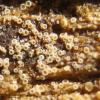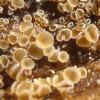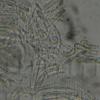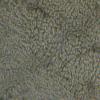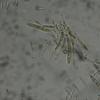
21-12-2025 09:32
Hello.A tiny ascomycete found embedded in wood in

21-12-2025 21:32
Pol DebaenstHello, Garden, Burgweg 19, Veurne, BelgiumOn 10/1

22-12-2025 23:38
Patrice TANCHAUDBonsoir, récolte sur un mur en pierre, apothéci

22-12-2025 00:47
Patrice TANCHAUDBonsoir, récolte à proximité du milieu dunaire

21-12-2025 21:40
Isabelle CharissouBonjour, j'aimerais connaitre les références de

20-12-2025 23:08
Patrice TANCHAUDBonsoir, récolte sur sol sablonneux dans l'arri�
Winter Cistella on Prunus padus
Marja Pennanen,
20-03-2020 18:01
Hello forum,
I seldom find hyaloscyphaceae on Prunus padus.
Now I found some creamy ones, that seem to turn orange when older.
They are up to 0.7 mm wide.
The spores are about 6-9x1,5-2.
The asci are about 30-40x5-7. faintly IKI blue and paraphyses are slightly lanceolate, about 2 wide, maybe a bit longer than asci.
The hairs are 10-30x2-3 and when the tip is swollen even 6 wide.
The cells turn orange in older fruitbodies.
Raitviirs key gave me no releaf to my determination trials, so once again I trust to your better knowledge: Marja
Hans-Otto Baral,
20-03-2020 20:40

Re : Winter Cistella on Prunus padus
Hello Marja!
this is really difficult. Did you compare Cistella dentata?
Zotto
Marja Pennanen,
20-03-2020 21:51
Re : Winter Cistella on Prunus padus
Dear Zotto,
not that! If I believe in you and I do, no. The microscophy of dried material, that Raitviir in my knowledge used is smaller than the microscophy of fresh and these seems to go on inspite of any virus activities.
Marja
PS: the microscophy did not change after 2 days in fridge.
